Researcher from New York and Xiamen review the current status and future challenges of glucose-responsive materials for insulin delivery.
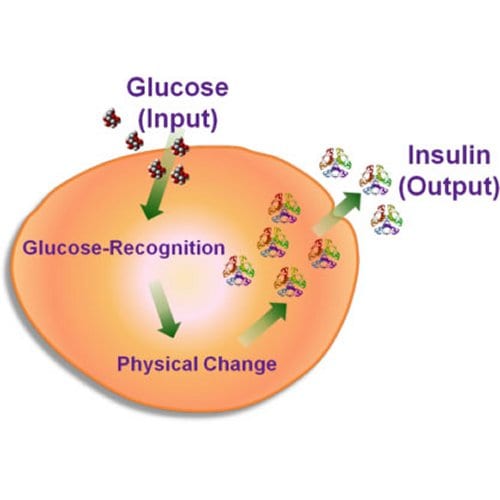


Researcher from New York and Xiamen review the current status and future challenges of glucose-responsive materials for insulin delivery.
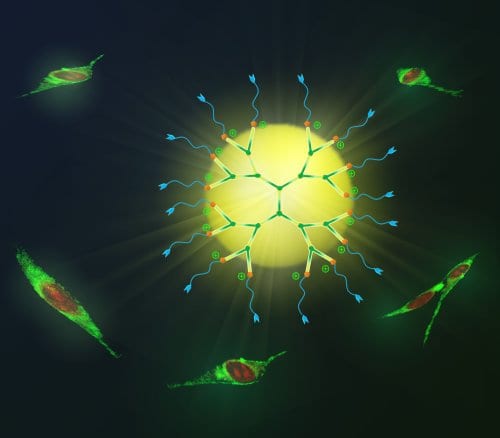
A special issue in Macromolecular Rapid Communications highlights recent advances related to the synthesis, characterization, and applications of polymeric materials for fluorescence sensor applications.
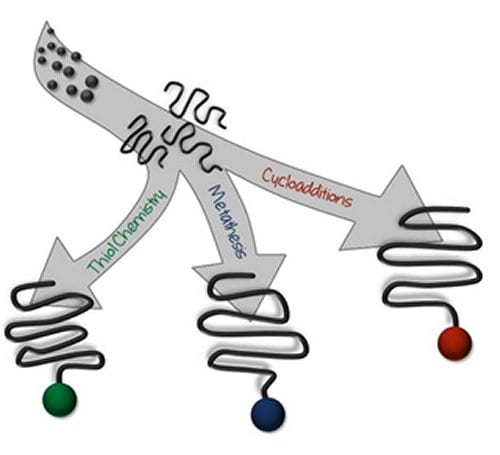
Researchers from the Karlsruhe Institute of Technology (KIT, Germany) critically review the current status of selected polymer post-modification techniques via orthogonal ligation chemistries
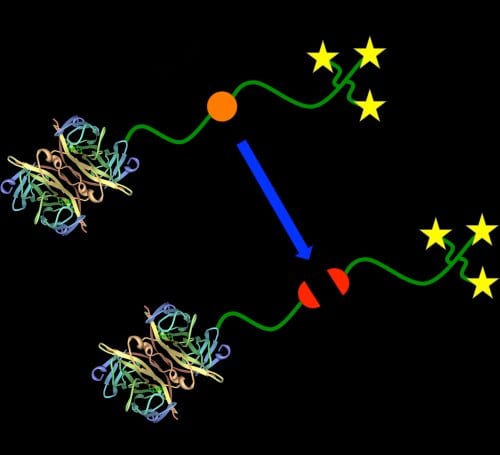
Researchers from the University of California prepared cleavable aldehyde side chain, biotin end-group polymers by RAFT polymerization.
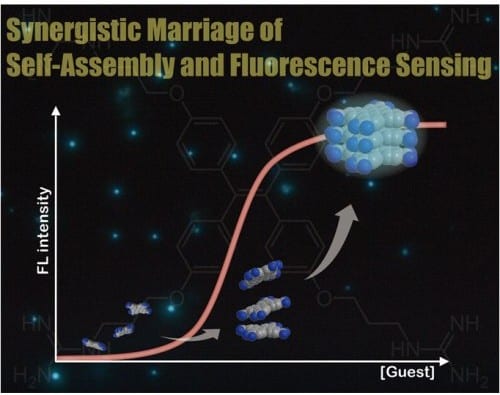
Fluorescence sensing along with molecular self-assembly leads to a highly selective sensory system for biologically important molecules.
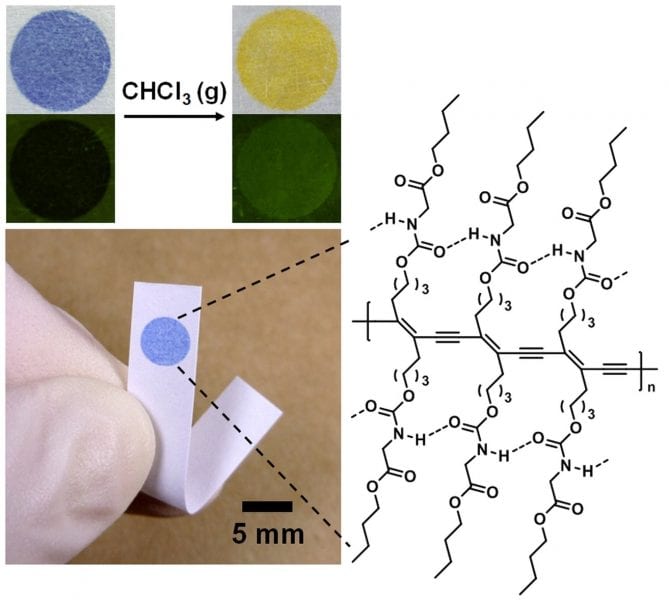
A litmus-type sensor system for the detection of volatile organic compounds is developed using a common office inkjet printer.
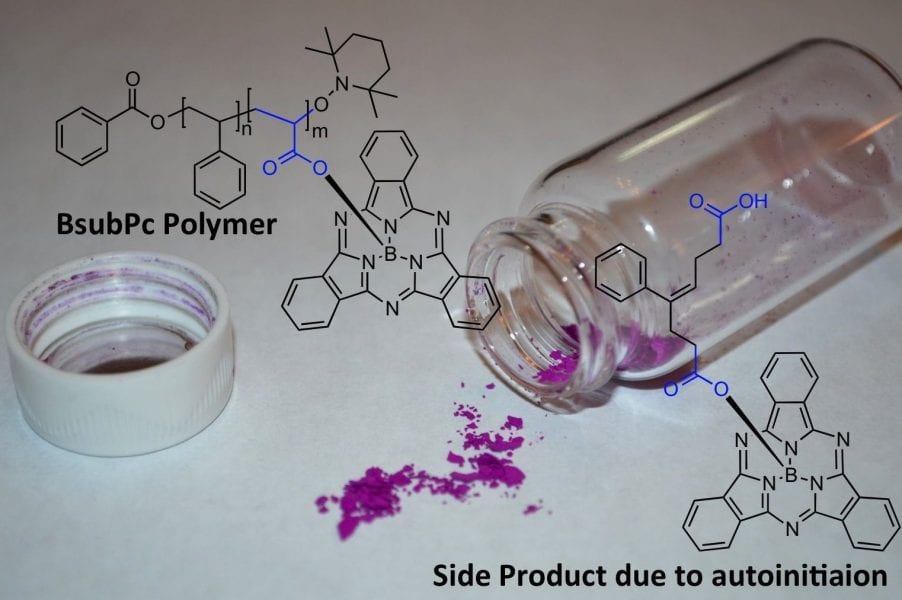
Researchers have discovered an unexpected side product during polmyer preparation that may have implications for styrene copolymerizations in general.
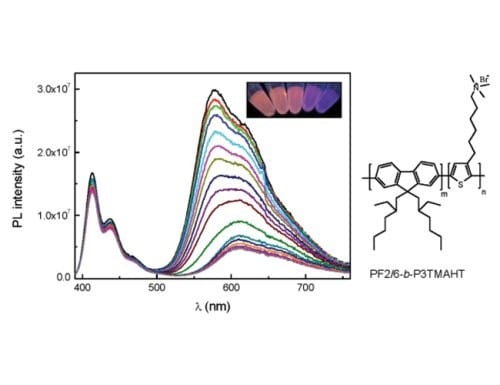
Researchers from Coimbra (Portugal), Wuppertal (Germany), and Santa Barbara (USA) present a cationic fluorene-thiophene diblock copolymer for ratiometric sensing of both halide ions and DNA.
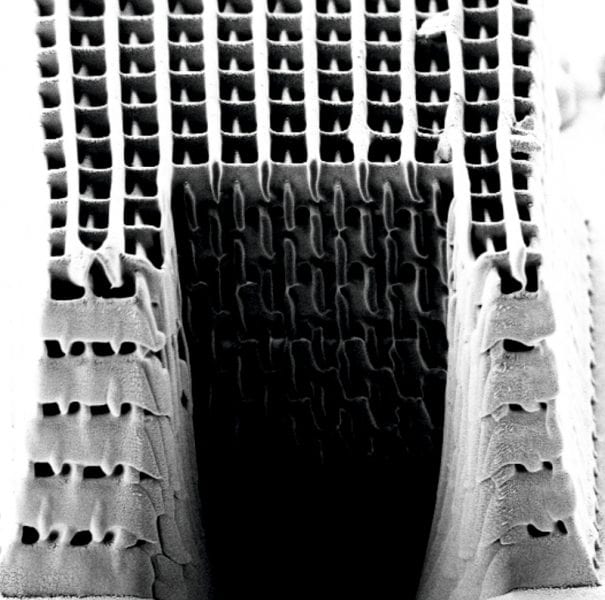
Researchers from the KIT have fabricated 3D microstructures by direct laser writing employing a novel thiol-ene resin system.
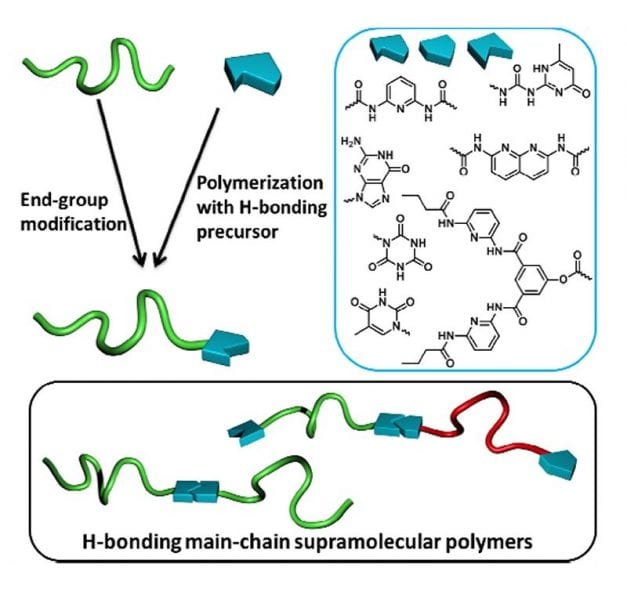
The reversibility of non-covalent interactions combined with the intrinsic macroscopic properties of covalent polymers opens new perspectives for the design of polymer materials.